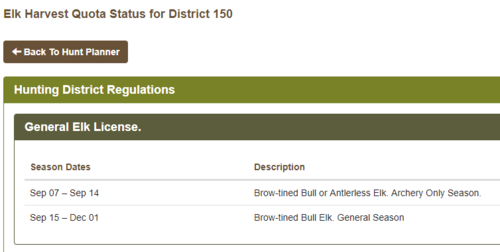Irrelevant
Well-known member
One of the things that's interested me the most since getting to know the rocky mountain states is the decline in hunting quality in the Bob/Scapegoat/Spotted Bear area of Montana. Seems like such a storied place with so many older hunting stories associated with it. But I don't understand how the animals actually use the landscape. Do the elk migrate or stay? What about deer and moose? It seems like the entire area is too high in elevation to support many critters during the winter, but maybe the wind keeps west/south faces snow free. I spent a little time on Google but didn't come up with any migration studies for that area, did my google-fu lead me astray or do none exist? If you know of any I would greatly appreciate some links. The more I read about the area the more interested I am in the history and ecology of it.
Last edited:






